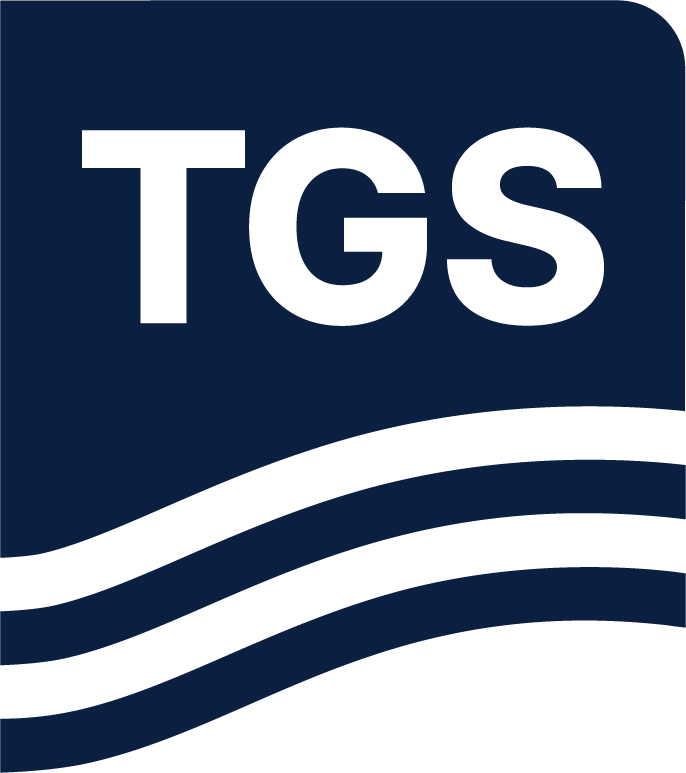Incremental Increase in Breakeven Prices Signals Exhaustion of Tier 1 Acreage
After the initial free-for-all in the Permian throughout the 2010’s, operators have increasingly taken a more disciplined approach, focusing on positive cash flow and maximizing efficiency through tight capital control. Central to this new strategy included securing tier 1 acreage and flexing the benefits of larger, contiguous acreage positions allowing for economies of scale, reflected by $234 billion of M&A in 2023 and $105 billion in 2024. However, a key outstanding question remains whether cost synergies from the last two years of M&A have been fully realized. Using TGS Well Data Analytics and Well Economics, we compare well performance and corresponding breakeven levels for 2021-2022 wells versus 2023-2024 wells.
As of late 2024, Permian daily production sits at 9.2 MMBOED, with the Bone Spring, Wolfcamp, and Spraberry formations comprising 86% of the total. Over the past 5 years, production has increased by 61% in the Bone Spring, 13% in the Wolfcamp, and 88% in the Spraberry (Figure 1). To evaluate performance since the escalation of capital discipline, we grouped wells into 2021-2022, corresponding with the increased emphasis on positive cash flow, and 2023-2024 when M&A activity picked up significantly. Wells were grouped by formation (undifferentiated Bone Spring, Spraberry, full Permian Wolfcamp, and NM Wolfcamp) and by lateral length at ½ mile intervals. Comparing the 12-month cumulative BOE/ft of the 2 vintages across the Bone Spring, Spraberry, and Wolfcamp, there is an overall trend of worsening performance, with productivity per ft of lateral declining by an average of 5% (Figure 2). The most significant decreases are in the Bone Spring and New Mexico Wolfcamp with an average BOE/ft decline of 12% and 11% respectively, while the full Permian Wolfcamp is 1%. On the other hand, the Spraberry reverses the trend with a 3% increase, primarily driven by performance improvements in 1.5- and 3-mile laterals.
Determining whether this drop in performance is due to infill drilling of lower quality acreage, cost-cutting measures, or some other factor is a complex problem, but there are other related datasets we can incorporate to help explore the question. Using the TGS Well Economics dataset within Well Data Analytics, we compared the average breakeven price across the two vintages, resulting in an average increase of 9% in newer wells (Figure 3). The increase in breakeven price is noticeably amplified versus the BOE/ft decline with the Bone Spring and full Permian Wolfcamp breakevens increasing by an average of 16% and 3%, respectively. Spraberry breakevens also declined by 3% while New Mexico Wolfcamp declined by the same amount on average as the decrease in BOE/ft at 11%. If performance degradation was caused by capital discipline measures, then we should expect breakevens to hold steady or even drop in response. Therefore, we can infer that the combined performance degradation and increase in breakevens are most likely attributable to a depletion in tier 1 acreage. Since 2021, GORs across all four formations increased by an average of 133% driven by a 35% decrease in Oil EURs per ft. While Gas EURs per ft also decreased, the average decline was 2% smaller than the Oil EUR per ft. Aside from the well performance, however, the cost synergies from price realizations, transport, LOE, and fixed costs from extensive M&A likely have not been fully realized, which could reduce breakeven prices over the next few years.
Using TGS Well Data Analytics, we were able to quickly evaluate and compare formation level well performance. For more information about TGS Well Data Analytics or to schedule a demo, contact us at WDPSales@tgs.com.

Figure 1. Delaware and Midland Basin wells with first production after January 2023 for the Spraberry (Teal), Bone Spring (Faded Red), Wolfcamp (Faded Blue), and New Mexico Wolfcamp (Purple).

Figure 2. Percentage change of 12-month cumulative BOE / ft of 2021-2022 wells versus 2023-2024 wells.

Figure 3. Percentage change of breakeven prices of 2021-2022 wells versus 2023-2024 wells.


